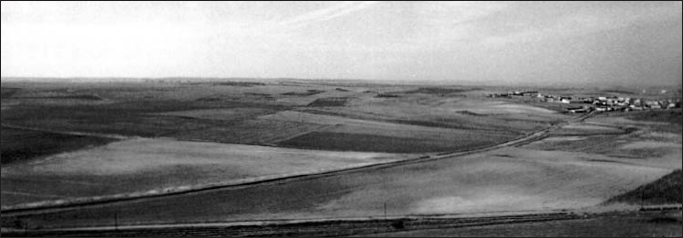
There is a vast array of literature on the Peninsular War, including general histories, specialist studies, regimental histories and memoirs and diaries. The most obvious ports of call when embarking upon any study of the war are the three works by Fortescue, Oman and Napier. The latter was an eye-witness to many of the events and his six-volume history has become a classic. It also inspired - and influenced - many of the veterans who subsequently put pen to paper and published their own accounts of their experiences in the Peninsula. The definitive work on the Peninsular War, however, remains Oman’s great seven-volume history which is unlikely to be surpassed. Both of these great multi-volume histories have been reprinted in recent years, unlike Fortescue’s momentous History of the British Army, which, being all of thirteen volumes in length, not to mention the additional atlas volumes, is unlikely to be reprinted. Fortescue’s work spans many centuries of the army’s history before petering out towards the end of the Victorian era. The Peninsular War consumes no less than five volumes, from 6 to 10, and is at the very core of his work. Probably the finest single-volume work on the Peninsular War is the late Jack Weller’s Wellington in the Peninsular which, although treating the conflict from a purely British – and Wellingtonian – standpoint is a superb study, covering both military and topographical aspects of the war.
As regards single works on the Salamanca campaign itself, there are very few. By far the best study is Marindin’s The Salamanca Campaign, published in 1906. Unfortunately, it is a fairly rare beast and does not appear too often in the hallowed pages of antiquarian booksellers. Lawford and Young’s Wellington’s Masterpiece is another good campaign history, although a substantial part of the book is taken up with the events leading up to the battle, such as the stormings of Ciudad Rodrigo and Badajoz, and Hill’s attack on Almaraz. Nevertheless, it is fairly easy to obtain and in spite of some poor battlefield photographs - some of which look as if they were taken from the vibrating cockpit of a WW2 fighter plane – and some amateurish, although helpful, sketches, it is a useful book to get hold of.
Wellington’s own account of the campaign can be found, as usual, amongst the pages of Gurwood’s Despatches, whilst scores of participants left us their own accounts of the battle, which are, however, too numerous to list here. The nine works listed below are just a few of the many books on the Peninsular War and Wellington’s army, most of which contain their own bibliographies which will help the reader find his way through the mass of literature available.
Fletcher, Ian, Wellington’s Regiments, Staplehurst, 1994.
Fortescue, The Hon. J.W., History of the British Army, Vol. 8, London, 1917.

Another view from the Lesser Arapil. The village of Les Arapiles is on the right. The 4th Division advanced between the hill and the village.
Gurwood, J, Despatches of Field Marshal the Duke of Wellington, Vol. 9, London, 1838.
Haythornthwaite, Philip J., Wellington’s Military Machine, Tunbridge Wells, 1989.
Lawford, J.R., & Young, P,. Wellington’s Masterpiece, London, 1972.
Marindin, Captain Arthur Henry, The Salamanca Campaign, London 1906.
Napier, Sir William. History of the War in the Peninsula, Vol. 5. London, 1836.
Oman, Sir Charles, A History of the Peninsular War, Vol. 5. Oxford, 1914.
Weller, Jack, Wellington in the Peninsula, London, 1962.